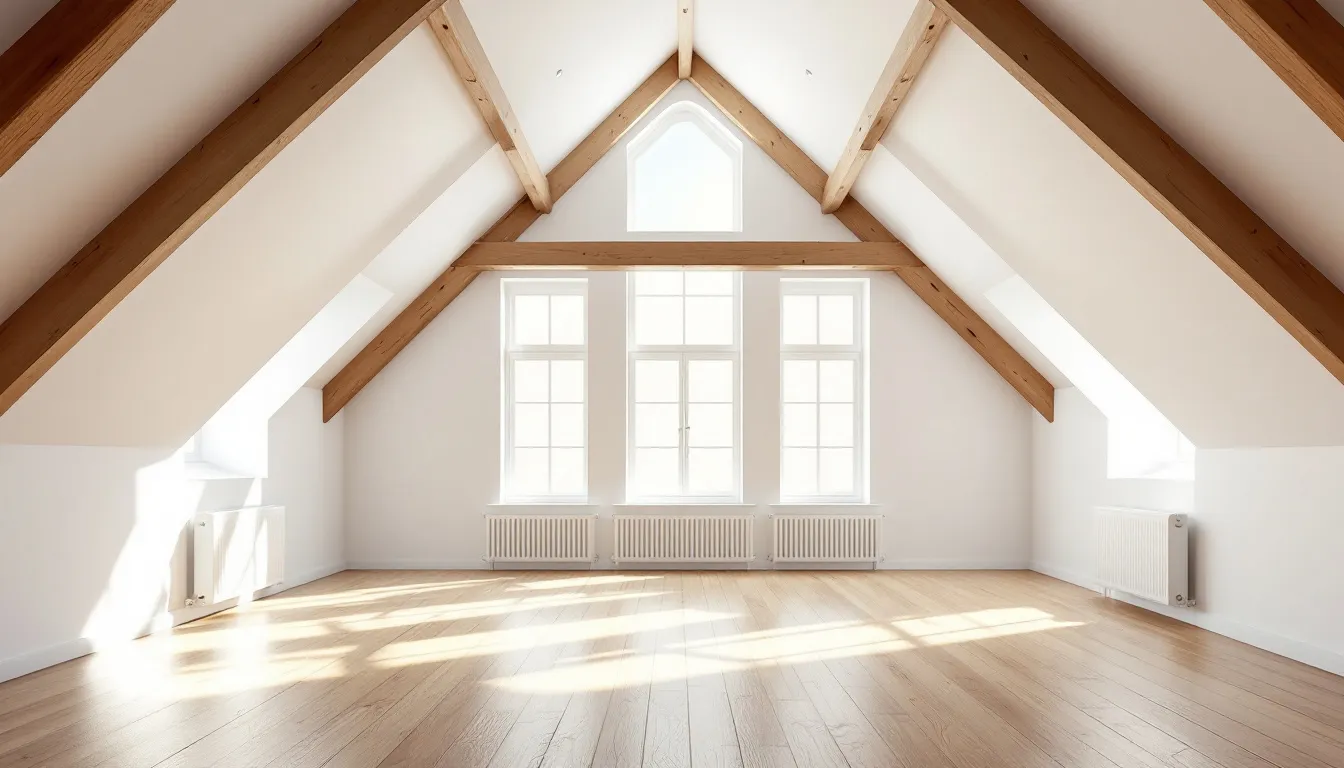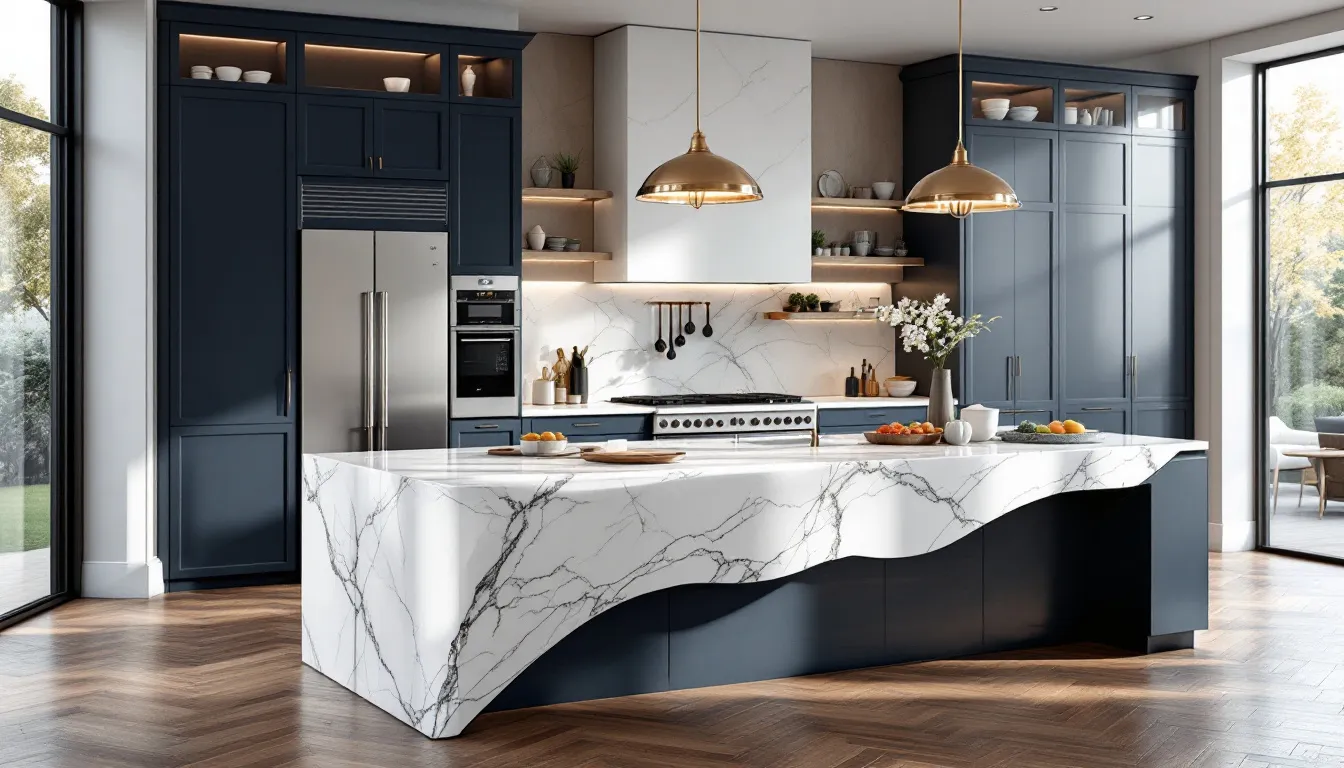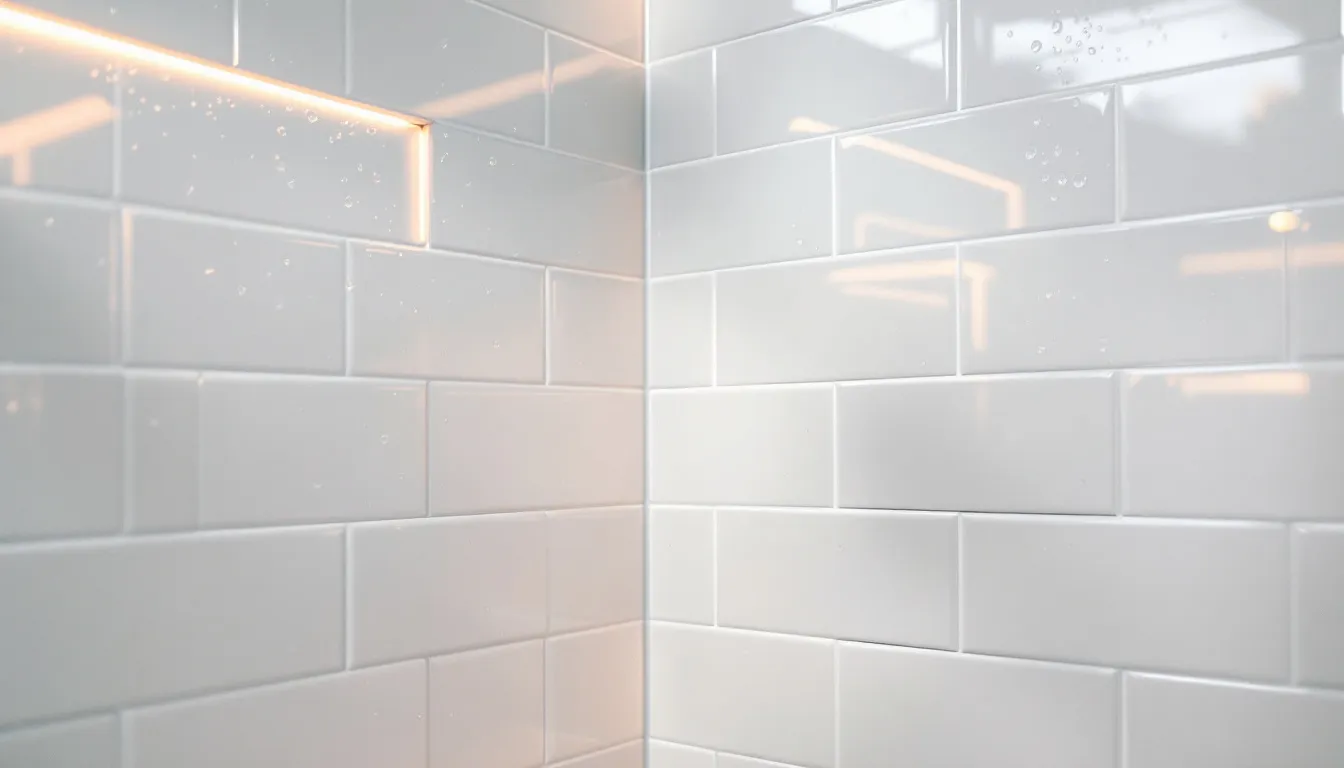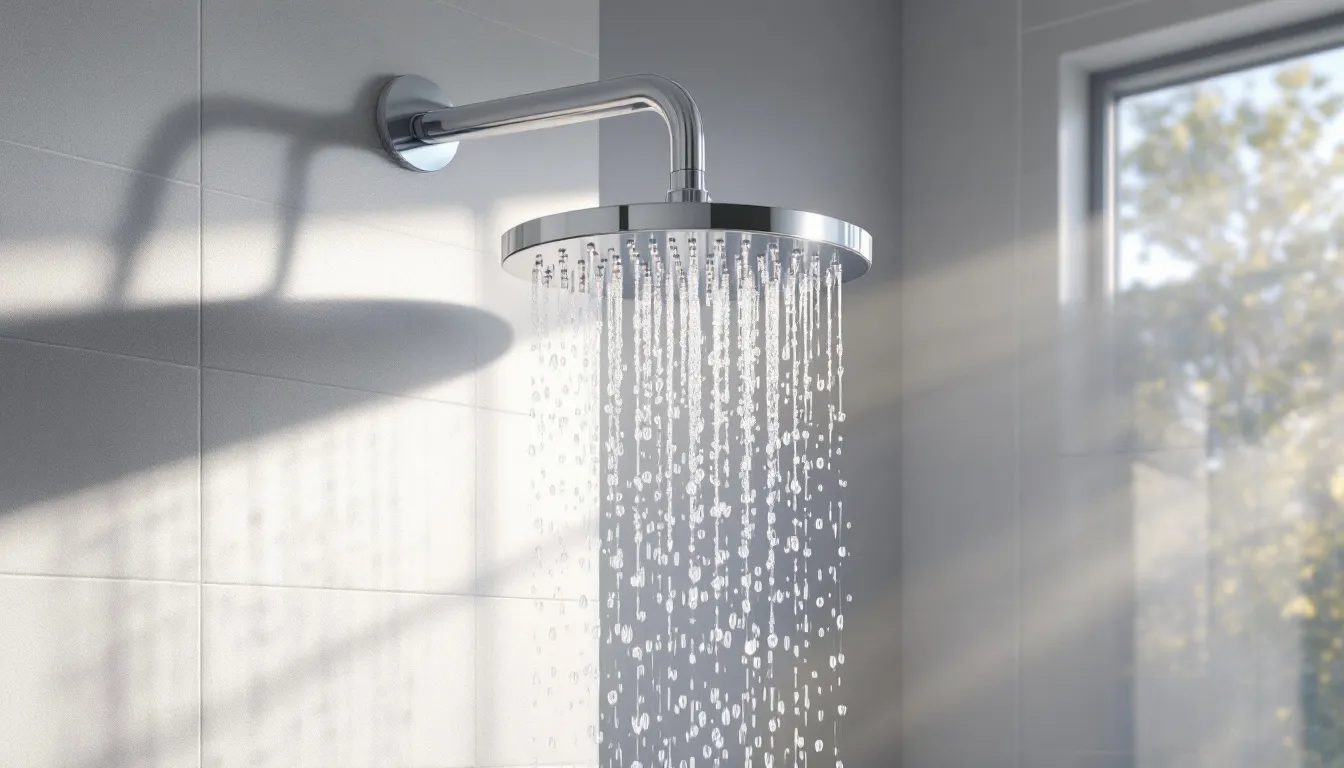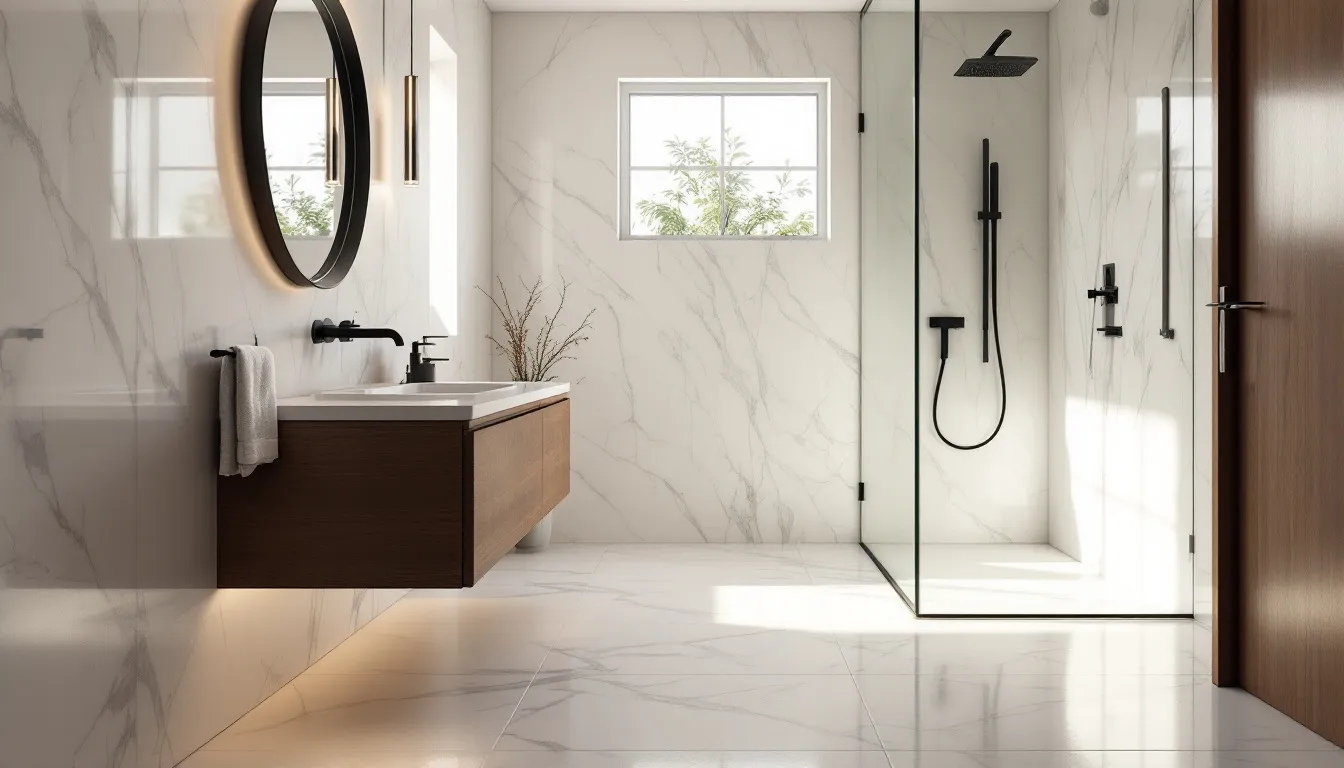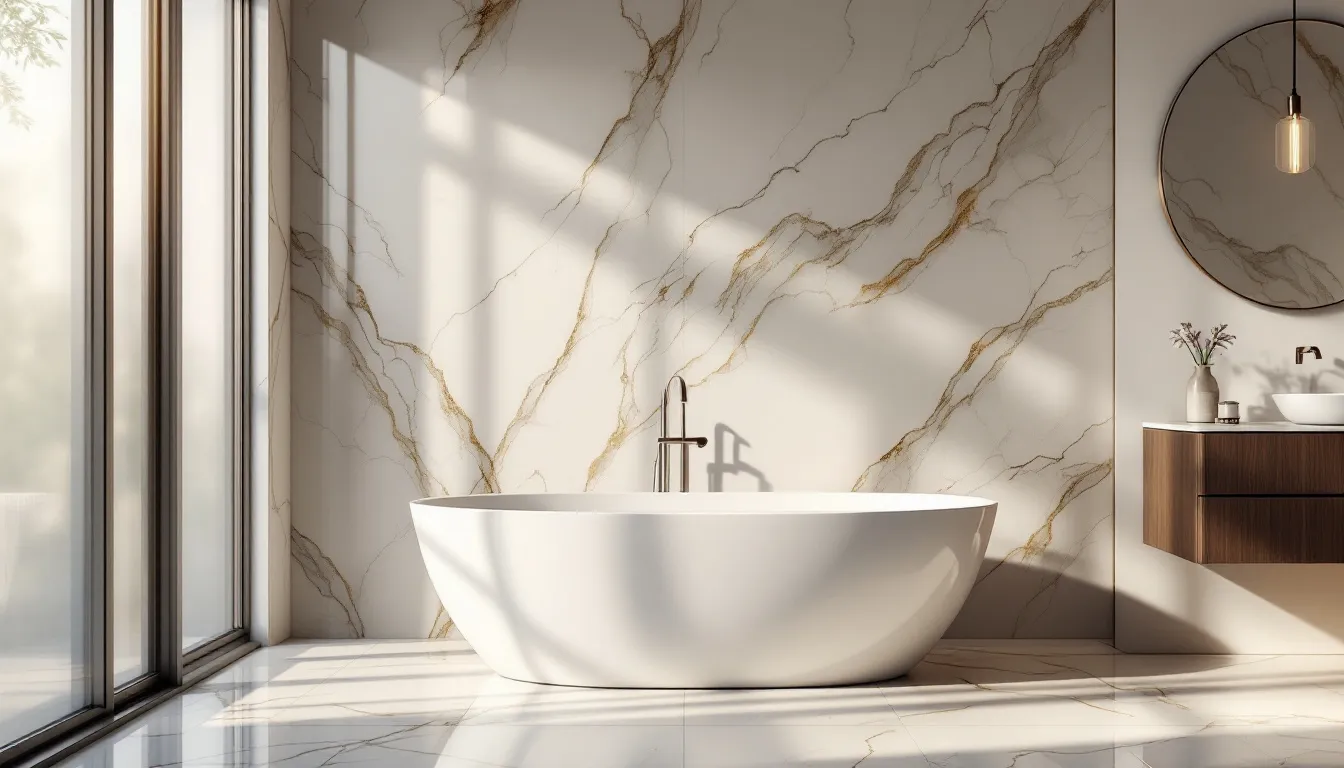Highlights
- A loft conversion costs between $9,000-$67,600, varying by project scope and choices.
- Key factors affecting price include conversion type, room purpose, and material quality.
- Professional services represent 40-50% of total costs.
- Most conversions add 10-25% to property value.
- Careful planning, budgeting for contingencies, and choosing the right professionals ensure successful project completion and maximum return on investment.
Looking to convert your loft? In 2025, loft conversion costs typically range from $9,000 to $34,500, with most homeowners spending around $20,000. The final price depends on whether you’re updating an existing loft or building a new one, the room’s intended purpose, and your choice of materials.
High-end conversions with premium finishes and structural changes can reach up to $67,600. This guide breaks down all the costs involved in loft conversion projects, from professional fees to materials, helping you plan your budget effectively.
Overview of Loft Conversion Costs in 2025
Converting your loft space into a functional living area requires careful planning and understanding of various cost elements. The overall cost depends significantly on your existing roof structure and the type of conversion you choose. Before starting your project, it’s essential to consider both the total cost and the additional space you’ll gain.
Average Cost Ranges by Project Type
Different types of loft conversions come with varying price points, depending on the structural modifications required and the intended use of the space. Here’s a detailed breakdown of costs based on conversion types:
| Type of Loft Conversion | Average Cost Range |
|---|---|
| Basic Roof Light Conversion | $9,000 – $15,000 |
| Dormer Conversion | $18,000 – $35,000 |
| Hip to Gable Conversion | $25,000 – $45,000 |
| Mansard Loft Conversion | $30,000 – $67,600 |
Each conversion type offers unique benefits for creating usable space. Dormer windows add more floor space and natural light, while mansard conversions typically provide the most additional space but require extensive roof alterations.
What Factors Affect the Final Price
The cost of your loft conversion project varies based on several key elements that influence the overall budget:
- Existing Roof Structure: The condition and type of your current roof determines necessary structural work. Sloping roofs and existing floor joists may need reinforcement with steel beams.
- Building Regulations: Costs include obtaining planning permission and building permits, which vary by region, especially in the south east.
- Square Footage: Larger conversions naturally require more materials and labor, affecting the total cost per square foot.
Cost Comparison: Converting Old vs Building New Loft
When deciding between updating an existing attic space or creating a new loft, consider both immediate costs and long-term value. The choice impacts everything from structural modifications to fixture installations.
Price Breakdown for Existing Loft Updates
Converting an existing loft is generally cheaper as it utilizes the current roof structure. A basic breakdown of costs includes:
| Component | Cost Range |
|---|---|
| Structural Assessment | $500 – $2,000 |
| Basic Electrical Work | $1,500 – $4,000 |
| Insulation and Drywall | $2,000 – $6,000 |
| Window Styles and Installation | $1,500 – $5,000 |
Cost Details for Building a New Loft
Creating a new loft involves more extensive work and typically includes:
- Complete structural modifications ($15,000 – $30,000)
- New roof alterations ($8,000 – $20,000)
- Additional materials for floor joists and support ($5,000 – $12,000)
- Multiple rooms and spaces construction ($10,000 – $25,000)
Which Option Offers Better Value for Money
For most homeowners, converting an existing attic space presents a more budget-friendly option with faster completion times. However, building a new loft might be more cost-effective long-term if:
- Your existing roof structure requires extensive repairs
- You need significant additional space
- You plan to create multiple rooms
- You want to incorporate high-end materials and modern features
The choice between converting old and building new should align with your property value expectations and space requirements. Consider that careful planning during either option can help save money while achieving your desired living space goals.
Room Type and Its Impact on Cost
The intended use of your loft space significantly influences the total cost of conversion. Different room types require varying levels of structural modifications, with some needing more complex installations than others. Converting your attic space into functional living space requires careful planning based on your specific needs.
| Room Type | Average Cost per Square Foot |
|---|---|
| Bedroom Conversion | $50 – $110 |
| Bathroom Addition | $70 – $335 |
| Home Office Setup | $50 – $125 |
| Storage Space | $35 – $115 |
Bedroom Conversion Costs
Converting loft space into an extra bedroom requires attention to building regulations and adequate floor space. A basic bedroom conversion typically involves:
- Floor joist reinforcement for the new bedroom
- Installing dormer windows for natural light
- Basic electrical work for lighting and outlets
- Proper insulation and drywall installation
- Window styles suitable for sleeping areas
Bathroom Addition Expenses
Adding a bathroom involves more complex installations and higher material costs. The expenses cover:
- Bathroom installation including plumbing work
- Waterproofing the floor space
- Additional structural support for fixtures
- Ventilation requirements
- Water supply and waste pipe installation
Home Office Setup Prices
Creating a home office in your loft space focuses on functionality and comfort. Key costs include:
- Electrical work for computer equipment
- Adequate lighting installation
- Built-in storage solutions
- Climate control considerations
- Sound insulation if required
Storage Space Conversion Costs
A basic storage space conversion is generally cheaper but still requires:
- Basic flooring reinforcement
- Minimal electrical work for lighting
- Simple access solutions
- Basic insulation requirements
Breaking Down Professional Service Costs
Professional services form a significant portion of your loft conversion budget. Each expert brings specific skills needed for a successful conversion project, from initial planning to final finish work.
| Service Type | Cost Range |
|---|---|
| Design and Planning | $2,000 – $6,000 |
| Building Expert Services | $70 – $250/hour |
| Basic Utility Installation | $3,000 – $15,000 |
| Finish Work | $5,000 – $20,000 |
Design and Planning Fees
The planning phase requires professional expertise to ensure your loft conversion meets all requirements:
- Architectural design services
- Planning permission applications
- Building permit processing
- Structural engineering assessments
- Detailed cost estimates
Building Expert Charges
Building experts handle the core construction work:
- Structural modifications to the existing roof structure
- Installation of steel beams
- Floor joist reinforcement
- Dormer conversion work
- Roof alterations as needed
Installation Costs for Basic Utilities
Basic utility installation involves multiple systems:
- Electrical work throughout the space
- Plumbing for bathroom installations
- HVAC system extensions
- Insulation requirements
- Basic lighting fixtures
Finish Work Expenses
The final phase includes all cosmetic elements:
- Wall and ceiling finishing
- Flooring installation
- Interior trim work
- Final painting and decoration
- Installation of new furniture and fixtures
Each of these components requires careful coordination and proper sequencing to maintain cost-effective project flow while ensuring high-quality results that add property value.
Material Costs for Different Budgets
When planning a loft conversion, material costs vary significantly based on quality and design choices. Understanding these cost ranges helps in creating a realistic budget for your attic space transformation. The materials needed depend on your type of loft conversion and desired living space features.
| Material Category | Basic | Mid-Range | Luxury |
|---|---|---|---|
| Structural Materials | $3,000-$5,000 | $5,000-$12,000 | $12,000-$25,000 |
| Insulation & Drywall | $1,500-$3,000 | $3,000-$6,000 | $6,000-$10,000 |
| Windows & Doors | $2,000-$4,000 | $4,000-$8,000 | $8,000-$15,000 |
| Flooring | $1,500-$3,000 | $3,000-$7,000 | $7,000-$12,000 |
Basic Material Package Costs
A budget-friendly option focuses on essential materials needed for a functional loft space. Basic packages typically include:
- Standard floor joists and support beams
- Basic insulation materials
- Standard window styles for dormer windows
- Simple electrical work components
- Basic drywall and finishing materials
Mid-Range Material Expenses
Mid-range materials offer better quality while maintaining cost-effectiveness. This package usually includes:
- Enhanced structural materials for roof alterations
- Superior insulation options
- Better quality window installations
- More varied fixture installations
- Improved flooring materials
Luxury Material Price Points
High-end materials provide premium quality and enhanced features for your loft conversion:
- Premium steel beams and structural components
- Top-grade insulation systems
- Custom dormer conversion materials
- Luxury window styles and frames
- Premium finishing materials
Where to Save on Materials
Strategic material selection can help save money without compromising quality:
- Choose cost-effective alternatives for non-structural elements
- Consider semi detached options for fixtures
- Use budget-friendly options for less visible areas
- Select materials that are generally cheaper but durable
- Opt for standard sizes to avoid custom pricing
Required Permits and Legal Costs
Converting your loft space requires various permits and legal considerations. Understanding these requirements helps avoid hidden costs and ensures compliance with building regulations.
| Permit Type | Cost Range | Timeline |
|---|---|---|
| Planning Permission | $500-$2,000 | 8-12 weeks |
| Building Permits | $1,000-$3,000 | 4-6 weeks |
| Structural Assessments | $500-$1,500 | 1-2 weeks |
| Insurance Updates | $200-$800 | 1-2 weeks |
Building Permit Fees
Building permits are essential for most loft conversions. The cost depends on:
- Square footage of the new space
- Type of structural work required
- Local building regulations
- Complexity of roof alterations
- Additional space requirements
Inspection Costs
Regular inspections ensure your project meets all safety standards:
- Initial structural assessment fees
- Progress inspection costs
- Final inspection charges
- Additional inspections for multiple rooms
- Specialty inspections for specific features
Insurance Considerations
Updating your insurance is crucial when adding usable space:
- Property value adjustments
- Construction period coverage
- Additional materials protection
- Liability coverage during work
- Updated home insurance rates
These costs vary by region, especially in the south east, and depend on your specific loft conversion type and overall project scope.
Ways to Save Money on Your Loft Conversion
Converting your roof space into livable area doesn’t have to break the bank. With strategic planning and smart choices, you can reduce the cost of a loft conversion while still achieving quality results. Understanding where to cut costs without compromising structural integrity is key.
| Cost-Saving Method | Potential Savings | Risk Level |
|---|---|---|
| DIY Non-Structural Work | $5,000-$12,000 | Medium |
| Alternative Materials | $3,000-$8,000 | Low |
| Simplified Design | $4,000-$10,000 | Low |
| Timing Your Project | $2,000-$5,000 | Low |
DIY vs Professional Work Cost Comparison
While some aspects of a loft conversion require professional expertise, certain tasks can be handled by skilled DIY enthusiasts:
- Basic demolition work
- Simple electrical work (under professional guidance)
- Basic decorating and painting
- Installing non-structural fixtures
- Basic floor installation
However, critical elements like dormer loft conversion components and structural modifications should always be handled by professionals.
Budget-Friendly Material Alternatives
Choosing alternative materials can significantly reduce costs while maintaining quality:
- Standard window styles instead of custom designs
- Basic insulation options that meet building regulations
- More space-efficient storage solutions
- Simple finishing materials
- Standard roof tiles for flat roof sections
Cost-Effective Design Choices
Smart design decisions can help create an efficient second storey conversion:
- Optimize existing roof space layout
- Minimize complex structural changes
- Use standard-sized materials
- Plan efficient storage solutions
- Choose simple window configurations
Understanding Additional Expenses
When planning an attic conversion, various additional costs often surprise homeowners. Being prepared for these expenses helps create a more accurate budget and prevents financial strain during the project.
| Expense Category | Typical Range | Frequency |
|---|---|---|
| Hidden Costs | $2,000-$7,000 | One-time |
| Annual Maintenance | $500-$2,000 | Yearly |
| Emergency Fund | $3,000-$8,000 | As needed |
| Insurance Updates | $200-$600 | Yearly |
Hidden Costs to Plan For
Several unexpected expenses can arise during a loft conversion project:
- Additional structural reinforcement needs
- Replacing windows complications
- Unforeseen electrical upgrades
- Extra waterproofing requirements
- Building regulation compliance updates
Maintenance Costs After Conversion
Regular maintenance ensures your converted loft space remains functional and valuable:
- Annual roof inspection and repairs
- Climate control system maintenance
- Window and seal maintenance
- Electrical system checks
- Insulation performance monitoring
Emergency Fund Recommendations
Setting aside money for unexpected issues is crucial for any loft conversion add project:
- 10-15% of total budget for contingencies
- Additional funds for potential structural issues
- Reserve for emergency repairs
- Buffer for material price fluctuations
- Extra budget for design modifications
Having a rough idea of these potential expenses helps create a realistic financial plan. Remember that investing in quality work and materials initially can reduce long-term maintenance costs and preserve your property value.
Return on Investment
Understanding the financial benefits of a loft conversion helps justify the initial investment. A well-executed conversion can significantly increase your property’s market value, often providing better returns than other home improvements.
| ROI Factor | Value Added | Time to Realize |
|---|---|---|
| Basic Conversion | 10-15% | 1-2 years |
| High-End Conversion | 15-25% | 2-3 years |
| Location-Based Boost | 20-30% | 1-3 years |
| Additional Room Value | $25,000-$50,000 | Immediate |
How Much Value Will It Add to Your Home
A loft conversion typically adds between 10-25% to your home’s market value, depending on the quality and functionality of the space. Key value-adding factors include:
- Creating an additional bedroom with ensuite
- Adding dedicated home office space
- Increasing the overall square footage
- Improving energy efficiency
- Enhancing natural light exposure
Comparing Costs vs Property Value Increase
While conversion costs vary, the return on investment usually justifies the expense:
- Average conversion cost: $20,000-$35,000
- Typical value increase: $30,000-$70,000
- Net profit potential: $10,000-$35,000
- Market appreciation bonus over time
- Reduced need for moving costs
Best Features for Maximum Returns
Certain features provide better value returns than others:
- En-suite bathrooms add significant value
- Large windows for natural lighting
- Built-in storage solutions
- Quality insulation for energy efficiency
- Versatile room layouts that serve multiple purposes
These elements not only enhance immediate livability but also attract future buyers, maximizing your investment’s long-term value.
